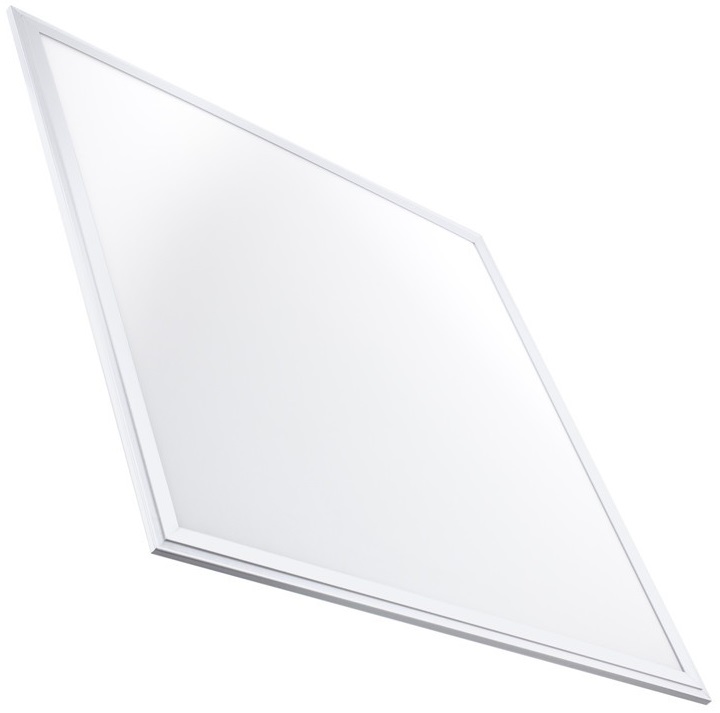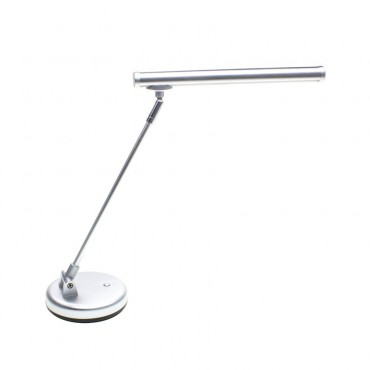Drawing or graphic design professionals often work in insufficient lighting conditions. In many cases, the existing lighting in the room produces shadows or is not adequate for this type of tasks. Having a drawing light of sufficient quality and power is key to work without straining the eyes.
How much light is needed in the drawing area?
The European standard on lighting for interiors (UNE 12464.1) establishes, for spaces where technical drawing tasks are performed, a level of illuminance in the work surface of at least 750 lux.
In order to have this level of light, it is essential that the general lighting be of high quality (the standard recommends Ra>80) and correctly distributed in the space. This ensures that the lighting is uniform, avoiding the appearance of shadows. It is important that the lighting does not flicker so that the degree of visual comfort is as high as possible.
Key lighting elements of a drawing room
General lighting
To illuminate the space homogeneously, with adequate and sufficient light, the best option is LED panels. They stand out for their power, light quality and wide beam opening angle. It is best to distribute them equidistantly so that a similar amount of light arrives as possible from all angles.

A typical example of distribution in a room with a technical ceiling would be to place panels of 60 x 60 cm separated from each other between 120-180 cm.
Spot lighting
If the general lighting is not adequate, we must replace it with a table lamp or LED flexo. We have to take into account that this type of elements usually focus the light quite a lot and can generate quite annoying shadows. Therefore, it should not be the only source of light available.
Light boxes
A very common element used by animators in the pre-digital era. In this case, the drawing is illuminated from behind. This allows a second paper to be placed on top of the original drawing to serve as the basis for the new design.

What color temperature should the light have for drawing?
The recommended color temperature for this type of activities and, in fact, for any study or work space, is cold white. As we have already mentioned on previous occasions, this shade of light favors concentration and the perception of details. In addition, in spaces where the amount of light is high, a cool color temperature is usually more pleasant than a warmer one.
As you can see, having sufficient and quality drawing light for drawing activities is essential to minimize visual fatigue and work efficiently and healthily.


